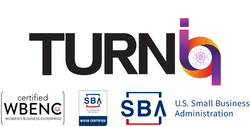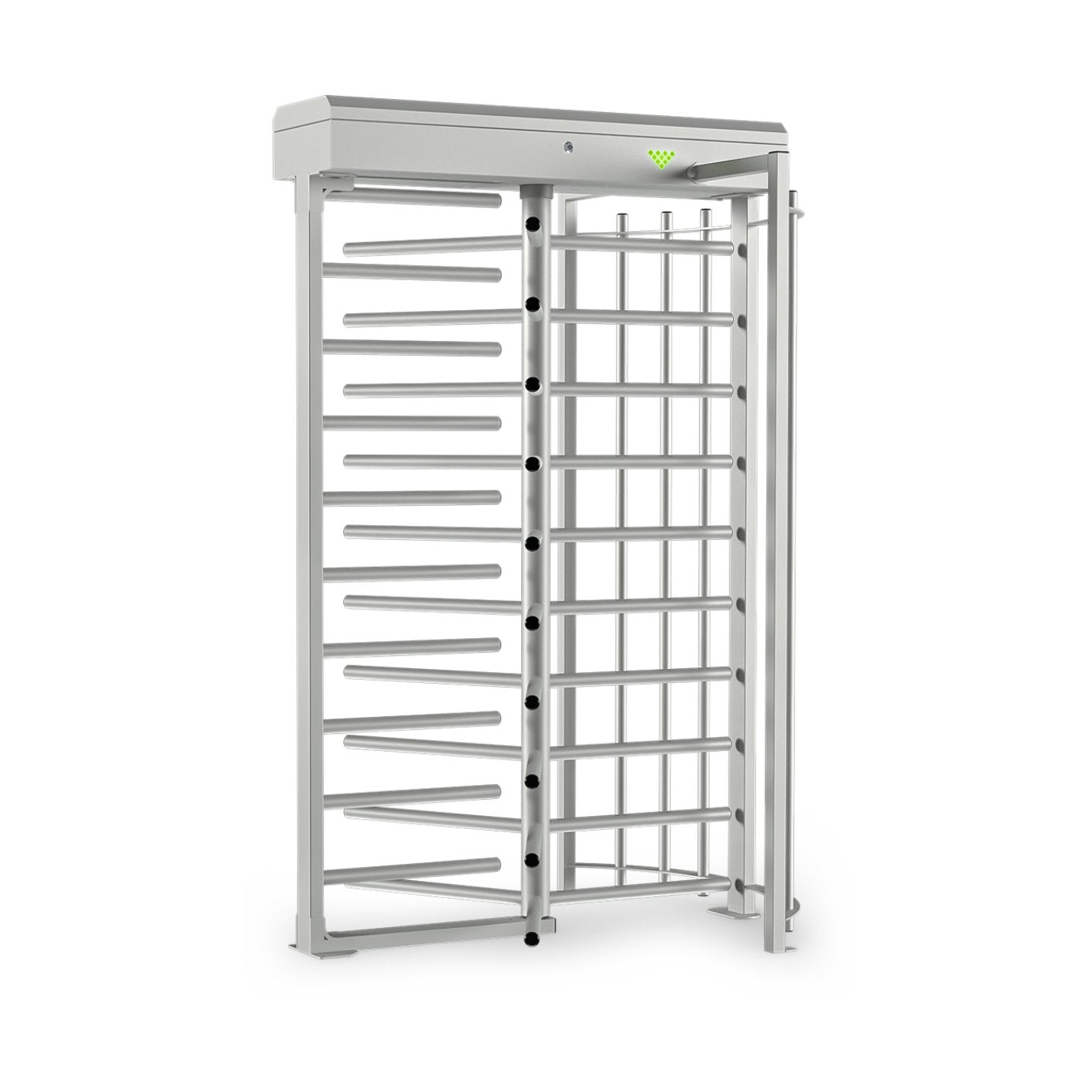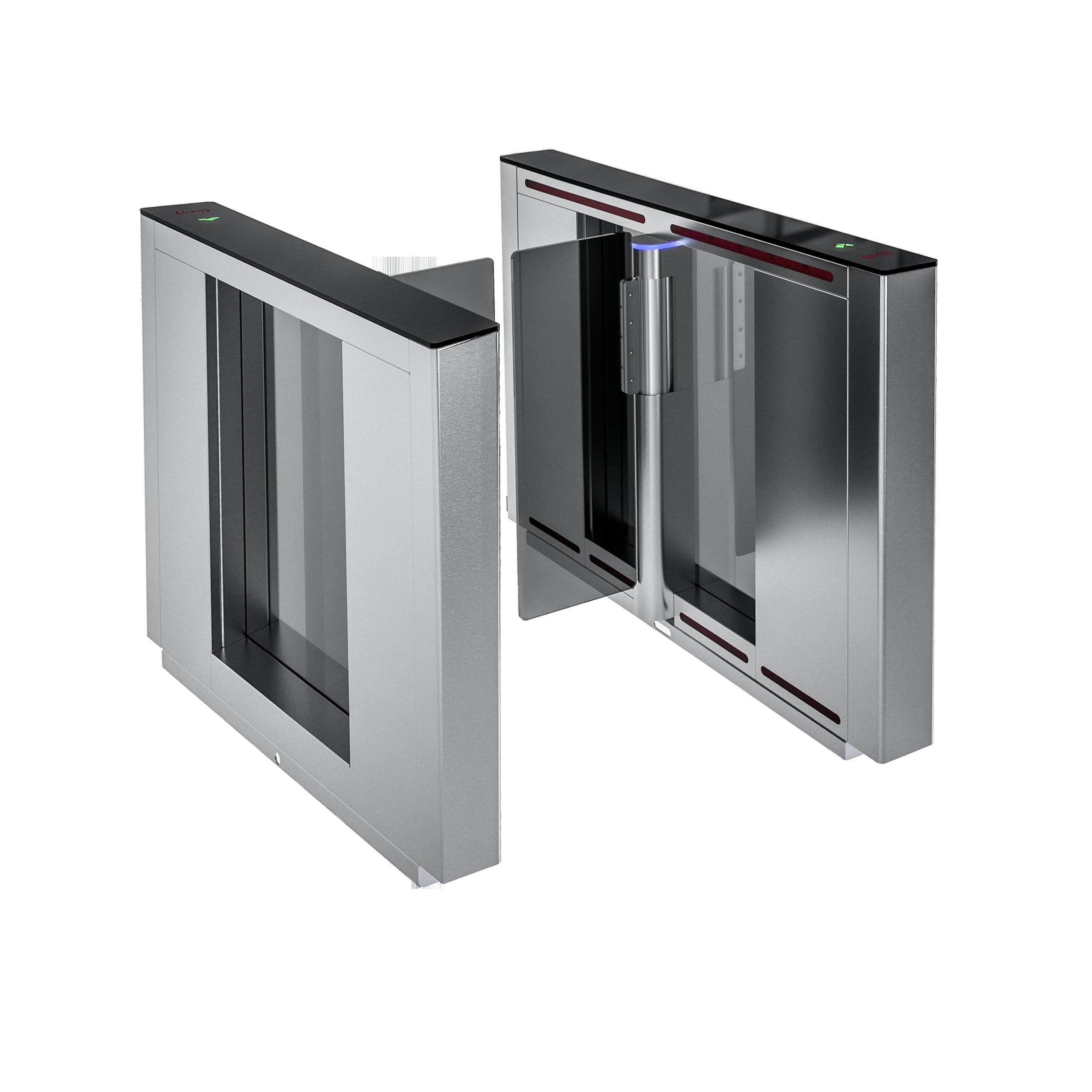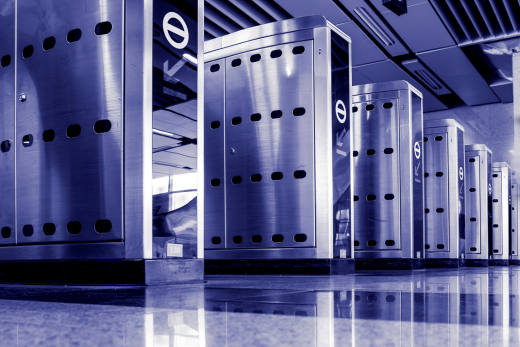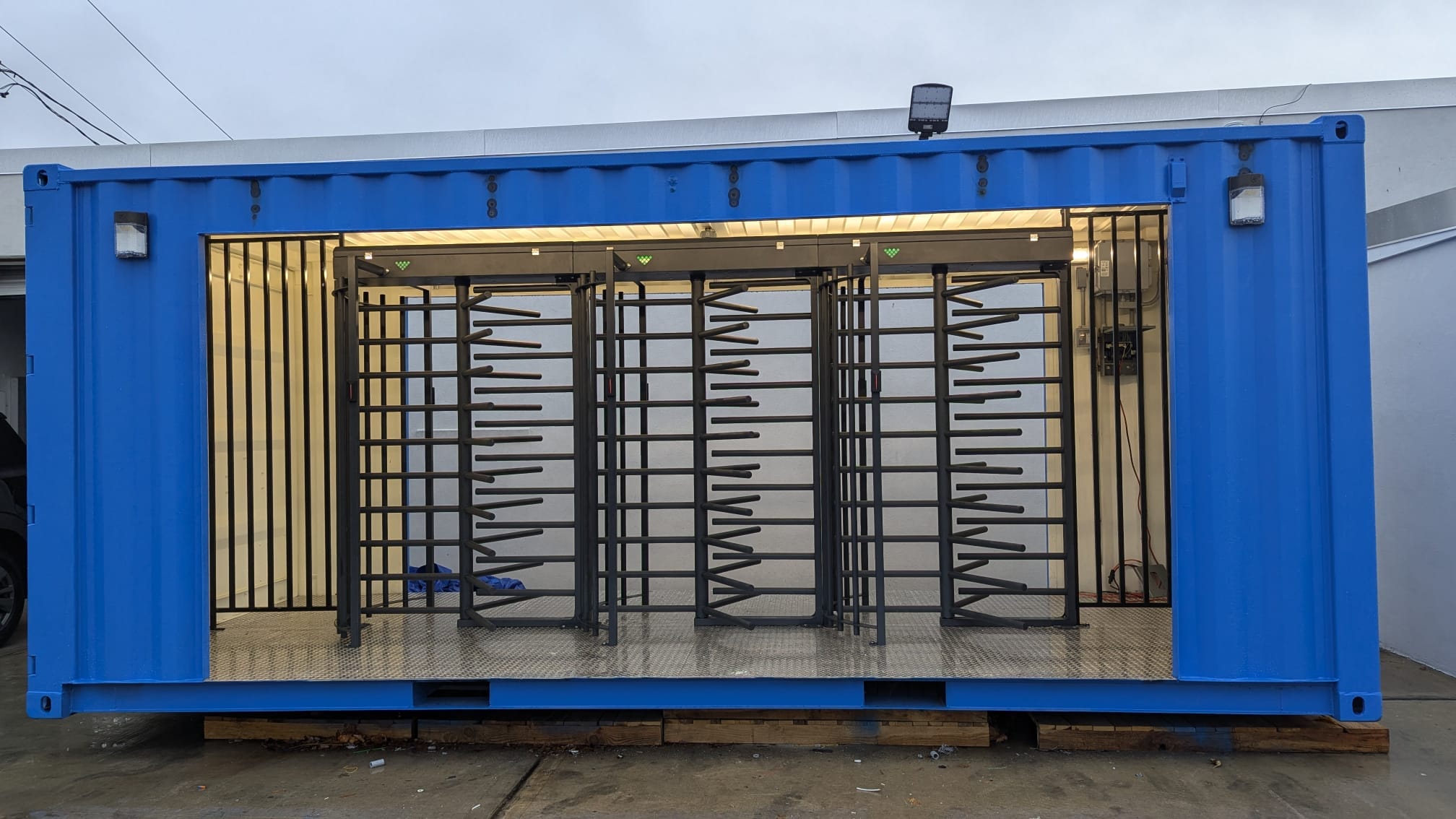Designing Speed Gates for High-Security Environments
Speed Gates in High-Security Settings
Security and Access Control
Enhancing Pedestrian Flow
Selecting the Right Type of Speed Gate
Swing Barrier Speed Gates
Flap Barrier Speed Gates
Sliding Barrier Speed Gates
Integrating Advanced Security Features
Biometric Integration
Anti-Tailgating and Anti-Piggybacking Technology
Integration with Surveillance and Alarm Systems
Considering Aesthetics and Space Constraints
Design and Material Choices
Space Efficiency
Ensuring Compliance with Safety Standards
Emergency Evacuation Considerations
Accessibility for All Users
Conclusion: Striking the Balance Between Security and Design
Speed gates are an essential component of modern access control systems, especially in high-security environments where rapid, controlled entry and exit are crucial. These environments, such as corporate offices, data centers, government facilities, and transport hubs, require efficient solutions that not only provide secure access but also ensure smooth pedestrian flow. Designing speed gates for such environments involves several key considerations to balance security, usability, and aesthetics.
Speed Gates in High-Security Settings
Speed gates serve a dual purpose in high-security environments: they control access and manage the flow of people.
Security and Access Control
In high-security environments, controlling who enters and exits is vital. Speed gates can be integrated with various access control systems, such as RFID card readers, biometric scanners, and facial recognition technology, to ensure only authorized personnel gain access. These gates provide a first line of defense against unauthorized entry, tailgating, and potential security breaches.
Enhancing Pedestrian Flow
Speed gates are designed to allow rapid yet controlled passage, making them ideal for environments where high volumes of people need to move efficiently. Their quick opening and closing mechanisms ensure that entry points remain secure without causing bottlenecks, improving the overall user experience.
Selecting the Right Type of Speed Gate
There are different types of speed gates, each offering specific advantages depending on the security requirements and design constraints of the environment.
Swing Barrier Speed Gates
Swing barrier speed gates use swinging panels to control access. They are effective in environments where space is limited but security is a priority. Swing barriers can be single or bi-directional, allowing for flexibility in managing entry and exit points. They are suitable for corporate offices and administrative buildings where aesthetics and security must go hand in hand.
Flap Barrier Speed Gates
Flap barrier speed gates use retractable flaps that open and close quickly to allow or block passage. These gates are highly effective in preventing tailgating and ensuring that only one person passes at a time. They are often used in public transport stations, stadiums, and government buildings where high throughput and security are required.
Sliding Barrier Speed Gates
Sliding barrier speed gates feature glass or acrylic panels that slide open and closed to control access. These gates provide a high level of security while maintaining a sleek, modern appearance, making them suitable for high-end corporate environments, airports, and data centers. They offer a wide passage, which is ideal for accommodating wheelchairs or large items.
Integrating Advanced Security Features
Integrating advanced security features with speed gates enhances the overall effectiveness of access control in high-security environments.
Biometric Integration
Biometric authentication methods, such as fingerprint scanners, iris recognition, and facial recognition, add an additional layer of security. Speed gates integrated with biometric systems ensure that access is granted based on unique biological traits, reducing the risk of unauthorized entry due to stolen or lost access cards.
Anti-Tailgating and Anti-Piggybacking Technology
One of the primary concerns in high-security environments is preventing tailgating (unauthorized people following authorized personnel) and piggybacking (two people passing with one credential). Speed gates equipped with sensors and alarms can detect such attempts and immediately trigger alerts, ensuring that access points are closely monitored.
Integration with Surveillance and Alarm Systems
Speed gates can be integrated with existing surveillance systems and alarms to provide real-time monitoring and instant response capabilities. If a security breach is detected, the integrated system can automatically lock down gates, activate alarms, and alert security personnel, providing a swift and coordinated response to potential threats.
Considering Aesthetics and Space Constraints
While security is the primary concern, aesthetics and space considerations also play a crucial role in designing speed gates for high-security environments.
Design and Material Choices
The design of speed gates should align with the overall architecture of the facility. Materials such as stainless steel, tempered glass, and acrylic not only provide durability but also complement modern building designs. Choosing the right materials and finishes can enhance the appearance of the speed gates, making them blend seamlessly into the environment.
Space Efficiency
The available space at entry and exit points determines the type and configuration of speed gates. Compact designs, such as swing barrier gates, are ideal for narrow or constrained areas. For wider entrances or areas requiring wheelchair access, sliding barrier gates or double-lane configurations might be more suitable.
Ensuring Compliance with Safety Standards
Safety is as important as security when designing speed gates, especially in high-traffic environments.
Emergency Evacuation Considerations
In emergencies, speed gates must allow for safe and quick evacuation. Designing speed gates with fail-safe features, such as automatic opening during power failures or fire alarms, ensures that occupants can exit safely without hindrance. Speed gates should comply with local and international safety standards and fire regulations to avoid obstructing escape routes.
Accessibility for All Users
Accessibility is a key consideration in public spaces and facilities. Speed gates should be designed to accommodate people with disabilities, ensuring compliance with accessibility standards. Wider lanes and adjustable height features can make the gates more inclusive, providing easy access for all users.
Conclusion: Striking the Balance Between Security and Design
Designing speed gates for high-security environments requires a careful balance between robust security, efficient pedestrian flow, aesthetic appeal, and compliance with safety standards.
By selecting the appropriate type of speed gate, integrating advanced security features, and considering space and design constraints, facility managers can create an effective and secure access control solution tailored to their specific needs.
In the end, well-designed speed gates serve not just as barriers but as critical components of a comprehensive security strategy that protects both people and assets.
